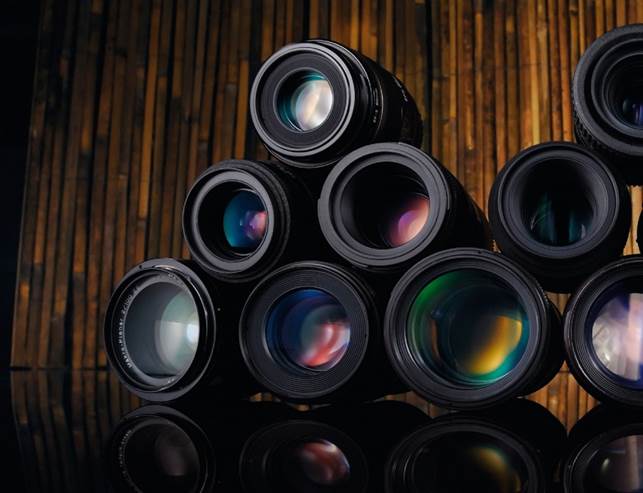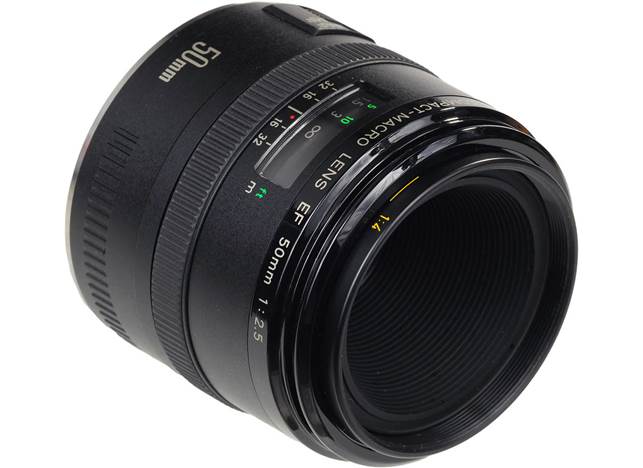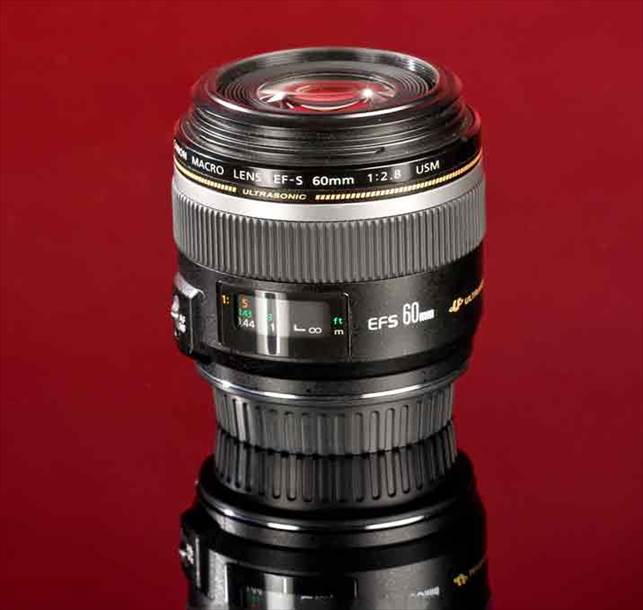With the ability to reveal intricate detail in tiny
objects, macro lenses bring a new world of photo opportunities. Here are your
choices
True macro lenses offer a magnification factor of 1.0x or 1:1
at its closest focus setting. Fit one of these lenses to a camera such as the
EOS 60D or 600D, and a standard UK postage stamp will fill the whole frame. That
might not sound particularly impressive, but when you consider that the 18Mp
sensors in these cameras enable very large format prints, the potential for
creating massive enlargements from shots of tiny objects is really quite
astonishing.
One feature that’s shared by all macro lenis that they’re
‘flat field’ lenses. General purpose lenses typically suffer from field curvature,
so the point of focus will be at a slightly different distance towards the
corners of the frame compared to the centre. For example, the Canon EF 24-70mm
f/2.8L-series zoom lens is quite notorious for this. In macro lenses, field
curvature must be minimised as much as possible, so if you photograph a small
flat object square on, such as the postage stamp we mentioned, the centre and
corners of the stamp should all be sharp and in focus.

Macro lenses bring
a new world of photo opportunities
With a broad range of focal lengths available, from 35mm
right up to 180mm, you can also use macro lenses to double up as high-quality
prime lenses for other types of shooting. But there are a couple of factors to
bear in mind with this, which we’ll come to over the part.
Canon EF 50mm f/2.5 Compact Macro
Halfway between a regular 50mm prime and a true macro lens,
the ‘Compact Macro’ delivers a maximum magnification of 0.5x. You can boost this
to a full 1.0x by fitting the Canon Life-Size Converter, which looks a bit like
an extension tube but with built-in optics. The converter is even more
expensive than the lens itself, however, at around $320. The lens’s inner
barrel extends with closer focusing, complete with markings along its length to
show magnification factors, but these can be misleading as they’re calibrated
for when the optional Life-Size Converter is fitted.

Canon EF 50mm
f/2.5 Compact Macro
There’s no need for a hood as the front element is deeply
recessed, and Canon doesn’t actually make a hood for the lens anyway. Autofocus
is quite noisy and slow, and there’s no focus limit switch. Manual focusing is
pretty precise, but the focus ring is a bit on the small side. There’s also a
distance scale with depth of field markings for f/16 and f/32, which is quite
useful at the longer end of the focus range. The lens is impressively sharp
even at its maximum aperture of f/2.5 and optical performance is very good,
right through to the smallest aperture of f/32.
|
Verdict
·
Price: $300 ·
For: Compact, with good optical performance across the range ·
Against: Max magnification is only 0.5x without the optional
converter
|
Canon EF-S 60mm f/2.8 Macro USM
One of only three lenses here specifically designed for
cameras with APS-C sensors, the EF-S 60mm has an equivalent focal length of 96mm
on cameras from the 1100D to the 7D. Build quality is solid, and luxuries
include ring-type USM (Ultrasonic Motor) autofocus with full-time manual
override. Autofocus is whisper-quiet and surprisingly agile for a macro lens,
especially considering there’s no focus limit switch. The trade-off is the
manual focus ring is relatively high-geared, so precise focusing for macro
shooting is a bit fiddly.

Canon EF-S 60mm
f/2.8 Macro USM
The focusing mechanism is completely internal, so the front
element neither rotates nor extends in the focusing range. The latter is a
bonus considering the relatively short focal length, reducing the risk of
casting a shadow over subjects when shooting extreme close-ups.
Working through the aperture range, it was pretty sharp at
f/2.8 with a little vignetting, increasing to extremely sharp with barely any
vignetting at f/5.6. Sharpness only really dropped off at the minimum aperture
of f/32. With its compact, lightweight build, the EF-S 60mm macro lens really
does double up as a useful prime lens for general shooting, and it’s great for
portraiture.
|
Verdict
·
Price: $470 ·
For: Fast autofocus for a macro, excellent optical performance ·
Against: Quite high-geared focus ring so manual focusing is a
bit tricky
|